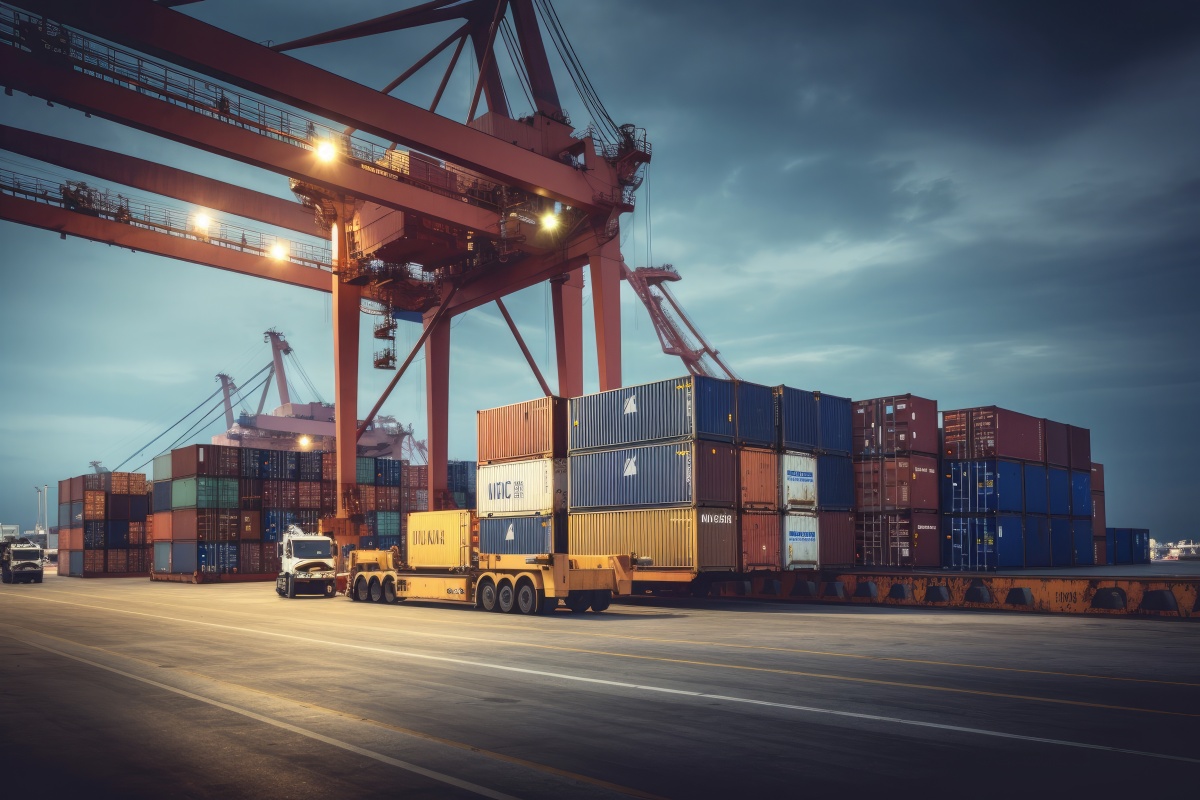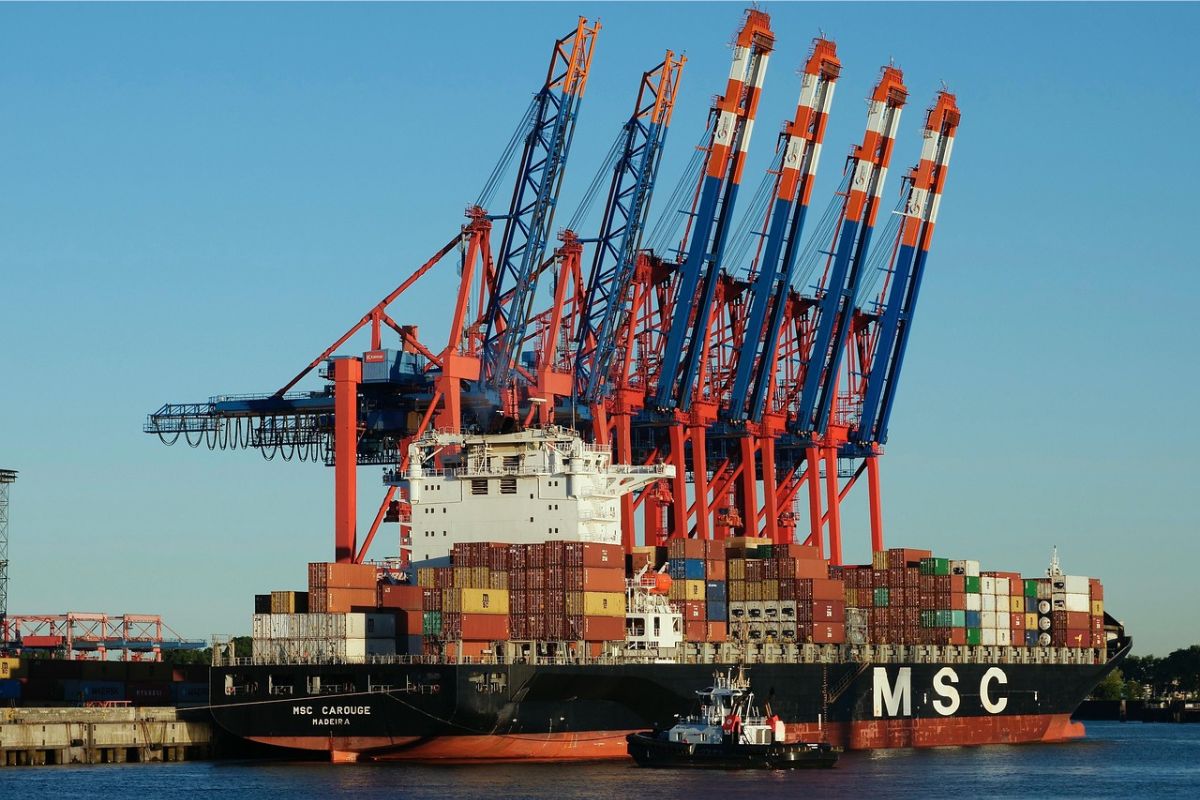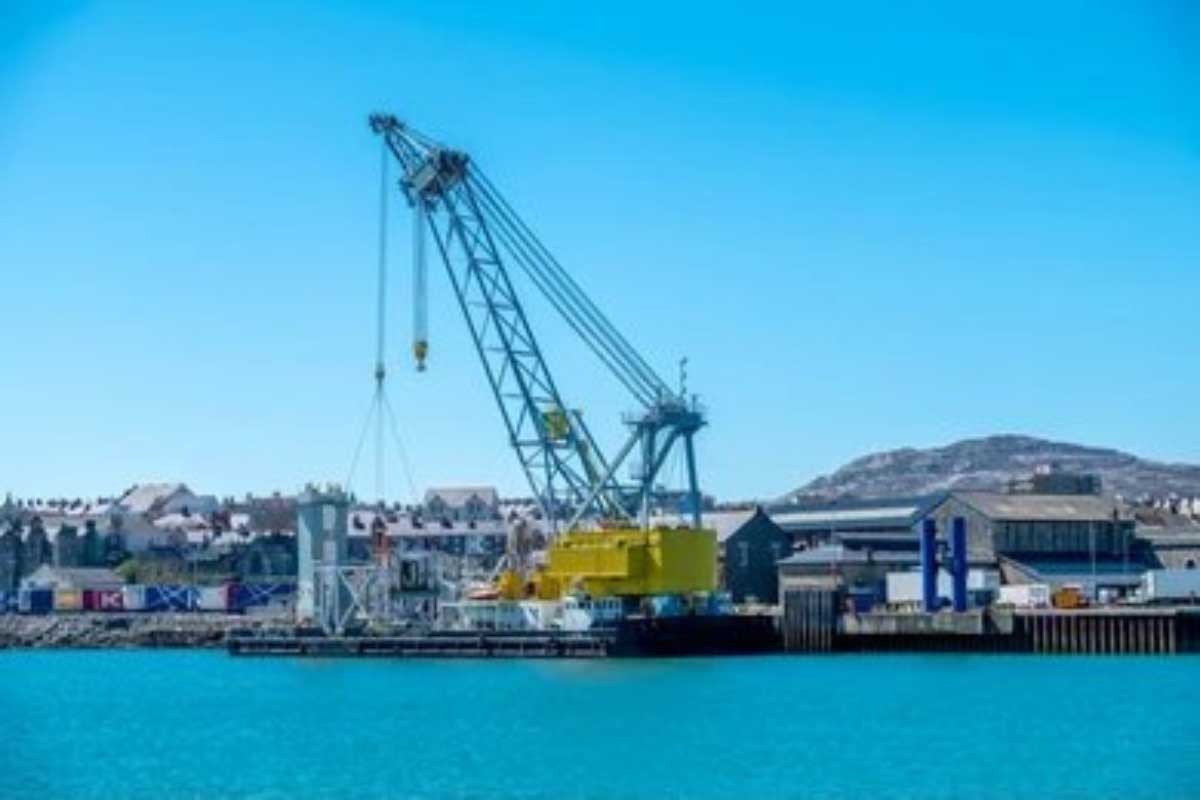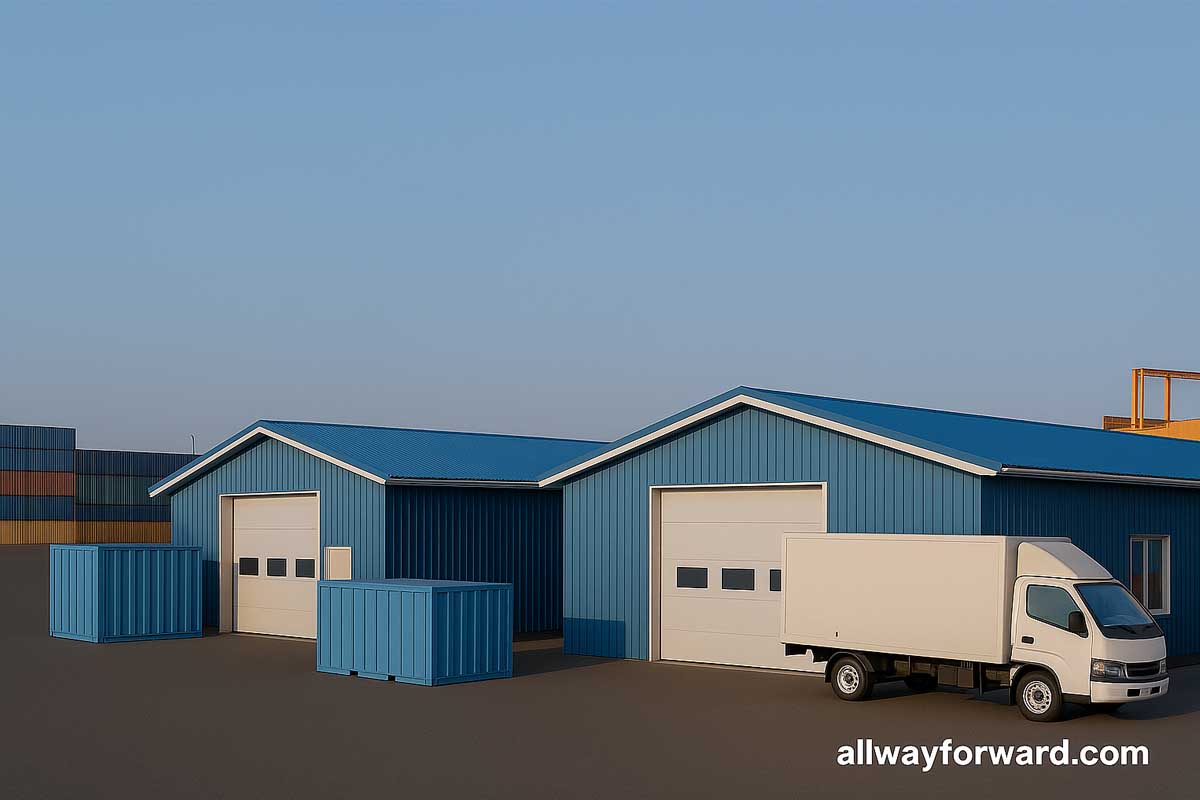Do you know how so many products, from daily household items to highly intricate machines, are transported across the world with ease? The international shipping industry is the main artery of global trade. Its responsibility is moving close to 11 billion tons of goods per year.
This enormous movement of goods is enabled by a variety of shipping techniques that specialize in the type of goods being transported. For example, containerized cargo made up roughly 2.2 billion tons of the total deep-sea trade, which was conducted in 2023. These products are guaranteed to arrive at their destination within the scheduled time in one piece due to this specialization.
Categorization and handling of the cargo types of products are critical to the efficient flow of logistics and supply chain processes. Improper classification of goods can result in increased expenses and damage during cargo. Compliance with business standards is greatly improved with this level of operational order, as goods can be shipped without fear of violating international shipping procedures.
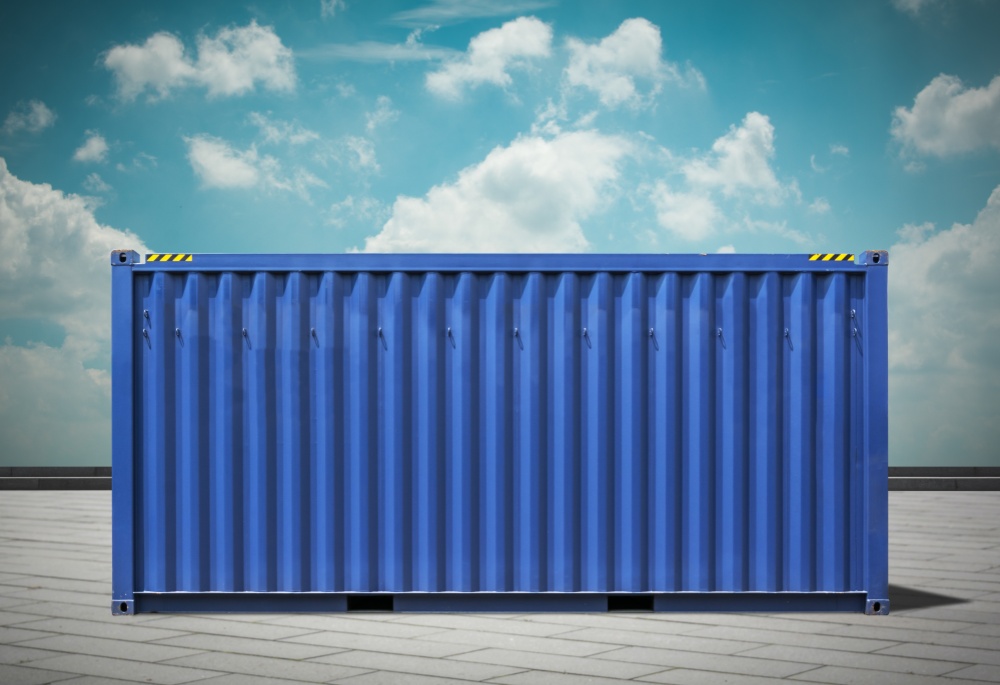
1. Container Cargo
Container cargo is the most important aspect of modern shipping because it facilitates the movement of goods by land and water. It involves transporting goods in large metal cabinets that may be exposed to harsh external conditions, such as theft, damage, or weather. These containers range from small 20-foot units to bigger 40-foot containers, which are most commonly used. Containerized shipping transports goods, whether expensive electronics, clothing, or children’s toys. Goods move seamlessly from manufacturers to retailers around the globe.
The main benefit of this practice is the efficient use of time. Cargo no longer has to be repacked when being moved from trucks to ships and even trains due to the standardization of containers. Movement of such goods between various forms of transport saves time, reduces cost, and also helps deliver products speedily. Container shipping has revolutionized the fast pace at which trade is done, making business safer and more dependable than ever.
2. Liquid Bulk Cargo
The liquid bulk cargo consists of goods in a liquid form that is transported/remotely packaged in great quantities and stored in specialized tanks. It includes crude oil, vegetable oil, and alcoholic beverages. Unlike solid goods, they need to be handled properly to avoid leaks and spills. Essentially, they are shipped in large tankers or special types of containers that are built to hold the liquid so it doesn’t spill or shift during transport.
Major precautionary measures should be taken, considering how liquids shift when moved. The use of double safes gives many tankers the ability to segregate liquids to prevent further spills in the event of a collision. Effective temperature control, along with pressure control and anti-spill technologies, guarantee the safe transportation of the goods. Without such precautions, risks, including financial loss as well as environmental damage, are very possible.
3. Livestock Cargo
Moving live animals over long distances is a sensitive affair that requires meticulous planning so that their safety and health are not compromised. There are livestock cargo like cattle, sheep, pigs, poultry, and even horses that are transported for breeding, meat, and dairy production. Depending on the urgency and distance of the delivery, the animals are transported via specialized trucks, ships, or aircraft.
Transit comes with many risks and keeping animal welfare during this period should always be priority number one. Space, temperature control, ventilation, hygiene, food, and water all need to be provided to the animals in order for them to be healthy and stress-free. In order to ensure that animals are treated humanely and the risks are kept to a minimum during transportation, strict guidelines need to be put in place, and monitoring is essential.
4. Specialized Cargo
Not everything can be loaded and shipped using the same standard procedures and equipment. Some cargo needs special care as they are more sensitive or pose a higher risk than standard items. Specialized cargo comprises items such as hazardous materials, oversized equipment, and even perishable goods. These goods need to be carefully managed in order to avoid any damage, contamination, or safety issues.
To overcome these difficulties, specially designed vessels and containers are utilized. To protect and preserve perishable food, refrigerated containers known as reefers are utilized. Others include reinforced tanks for the safe handling of dangerous chemicals. Meanwhile, flat racks on heavy lift ships are used to transport oversized equipment such as wind turbine blades and construction machinery.
5. Dry Bulk Cargo
Unpackaged loose items transported in large quantities are termed dry bulk cargo. Unlike containerized goods, these commodities are poured directly into the ship’s hold, making both loading and unloading of the commodity fast. Dry bulk carriers of vast capacity are required for efficient transportation of grains, coal, iron ore, and cement, which are essential for the industries of agriculture, energy, and construction.
Like all other types of freight, dry bulk cargo also has its challenges. Dust and moisture can affect product quality. Therefore, dry bulk cargo requires great care while loading, transporting, and unloading. In addition, improper balance of the load increases the risk of ship instability. Hence, the weighing and monitoring of cargo becomes very important.
6. Roll-on/Roll-off (Ro-Ro) Cargo
Ro-Ro cargo is used for wheeled vehicles like cars or vans, which can board and leave the ship without the help of a crane. They can be directly driven onto or off a ship. Heavy vehicles like buses and industrial machinery can easily cross ocean waters. Ro-Ro shipping is much more efficient as military and commercial cars can be rapidly relocated around the world. Ships designed for Ro-Ro cargo come furnished with ramps so vehicles can be loaded and unloaded at various ports without hassle.
The most notable perk of Ro-Ro shipping is efficiency. The time spent managing the vehicle is considerably reduced, leading to lower labor costs and decreased damage during lifting. These advantages translate to faster transportation of goods, which facilitates car manufacturing and construction industries.
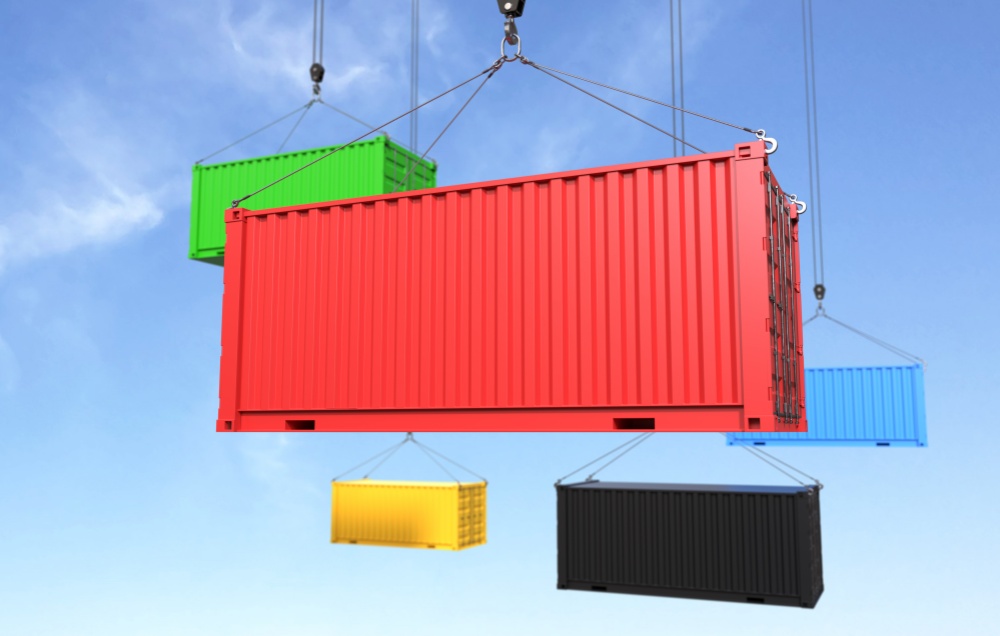
Wrapping Up
Knowing the types of cargo, be it containerized, liquid and dry bulk, breakbulk, livestock, roll-on/roll-off, or specialized shipments, is crucial in effective global trade. Each category has its own handling and transportation requirements to maximize safety and efficiency. The containerized cargo alone had around 862 million TEUs, representing the importance of container shipping in international logistics.
